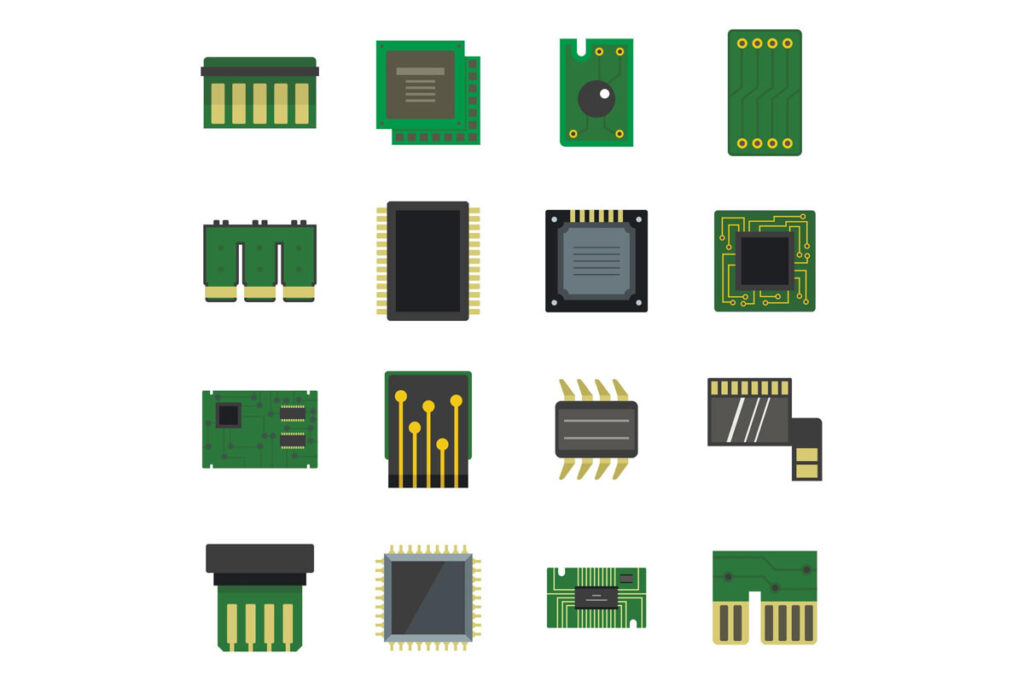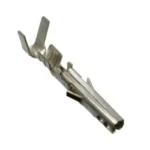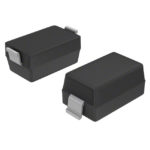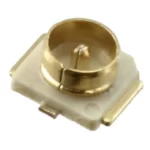Unlock the Mystery of What is IC: Exploring the Basics of This Fascinating Technology

If you have ever wondered what an integrated circuit (IC) is and what makes it so special, you are not alone. ICs are incredibly fascinating pieces of technology that have revolutionized the way we use electronics.
In this blog, we will explore the basics of integrated circuits and uncover the mystery of what is IC. We will look at the advantages of ICs, the different types, applications, design process, manufacturing process, testing process, and cost factors. Finally, we will take a look at the future of ICs. By the end of this blog, you will have a better understanding of integrated circuits and the potential they have to shape our future.
So, let’s get started and unlock the mystery of what is an integrated circuit!
What is IC
An integrated circuit (IC) is a miniaturized electronic circuit that is built on a semiconductor material. It contains transistors, resistors, capacitors, and other components that are connected together to form an electronic system.
The most common type of IC is the microprocessor, which is the “brain” of the computer. Other types of ICs include memories (RAM, ROM, EPROM), logic circuits, voltage regulators, and power management circuits.
The main advantage of ICs is that they are much smaller and more efficient than other types of electronic circuits. This is because they are composed of a single piece of semiconductor material, which allows for a much denser circuit. The size and efficiency of ICs allow them to be used in a wide range of applications, from cell phones to medical equipment.
Advantages of ICs
One of the biggest advantages of ICs is their size. They are much smaller than other types of electronic circuits, which makes it possible to create devices that are lighter, more portable, and more energy efficient.
Another advantage of ICs is their cost. They are much cheaper to manufacture than other types of electronic circuits, which makes them ideal for mass production. Additionally, ICs are much more reliable than other types of electronic circuits, which makes them suitable for use in critical applications.
Finally, ICs are much easier to design and manufacture than other types of electronic circuits. This makes them ideal for use in rapid prototyping and rapid manufacturing.
Types of ICs
There are several different types of ICs, each of which is designed for a specific purpose. Some of the most common types of ICs include:
- Microprocessors – These are the “brains” of the computer and are responsible for performing calculations and executing instructions.
- Memory – These are used to store data and instructions, and come in various types, including RAM, ROM, EPROM, and EEPROM.
- Logic Circuits – These are used to perform logical operations and are typically composed of logic gates.
- Voltage Regulators – These are used to regulate the voltage of the circuit.
- Power Management Circuits – These are used to manage the power supply of the circuit.
IC Applications
ICs are used in a wide variety of applications, from consumer electronics to medical equipment. Some of the most common applications of ICs include:
- Computers – ICs are used in computers for a variety of purposes, including microprocessors, memory, logic circuits, and power management circuits.
- Automobiles – ICs are used in automobiles for a variety of purposes, including engine control, fuel injection, and airbag systems.
- Medical Equipment – ICs are used in medical equipment for a variety of purposes, including imaging, diagnostics, and patient monitoring.
- Telecommunications – ICs are used in telecommunications equipment for a variety of purposes, including modems and routers.
- Industrial Equipment – ICs are used in industrial equipment for a variety of purposes, including process control and automation.
IC Design Process
The design process of an IC is an intricate process that requires the expertise of experienced engineers. It involves creating a schematic design, which outlines the components and connections of the circuit. Once the schematic is complete, a layout can be created, which is a physical representation of the schematic.
After the layout is complete, the IC can be simulated to ensure that it functions as expected. Finally, a prototype can be created to verify that the IC works as intended.
IC Manufacturing Process
The manufacturing process of an IC is a complex process that requires the expertise of experienced engineers. It involves creating a mask, which is a template of the IC’s layout. The mask is then used to create a wafer, which is a thin sheet of silicon with the IC’s layout etched onto it.
Once the wafer is complete, it is cut into individual ICs, which are then tested to ensure that they are functioning properly. After the ICs have passed the testing process, they are ready to be packaged.
IC Testing Process
The testing process of an IC is a critical step to ensure that it is functioning properly. It involves performing a variety of tests, such as electrical tests, reliability tests, and environmental tests.
The electrical tests are used to verify that the IC is functioning as intended. The reliability tests are used to verify that the IC will function properly in different environments and conditions. The environmental tests are used to verify that the IC will not be damaged by extreme temperatures or other environmental conditions.
IC Cost Factors
The cost of an IC is determined by a variety of factors, including the complexity of the design, the size of the IC, and the number of ICs being produced. Additionally, the cost of the materials used to create the IC and the cost of the manufacturing process can also affect the cost.
The cost of an IC can also be affected by the type of packaging used. The packaging can affect the cost of the IC as it adds additional materials and processes to the manufacturing process.
ICs in the Future
Integrated circuits have revolutionized the way we use electronics, and the future of ICs looks even brighter. ICs are being used in a variety of new applications, from autonomous vehicles to artificial intelligence.
Additionally, advancements in manufacturing processes are allowing for even smaller and more efficient ICs, which will enable new technologies such as the Internet of Things and 5G networks.
Conclusion
We hope that this blog has helped to unlock the mystery of what is an IC. We have explored the advantages of ICs, the different types, applications, design process, manufacturing process, testing process, and cost factors. Finally, we have looked at the future of ICs and the potential they have to shape our future.
As you can see, integrated circuits are incredibly fascinating pieces of technology that have revolutionized the way we use electronics. If you are interested in learning more about ICs, make sure to check out our other blogs on the topic.
Now that you know the basics of ICs, why not explore the potential of this fascinating technology and see how it can be used in your own projects? Try your hand at designing and manufacturing your own ICs and unlock the mystery of what is IC!


